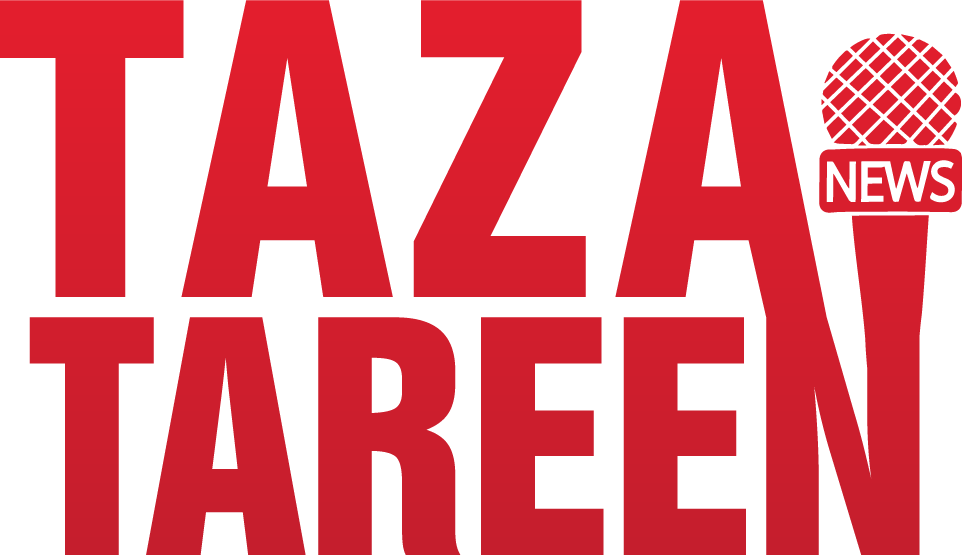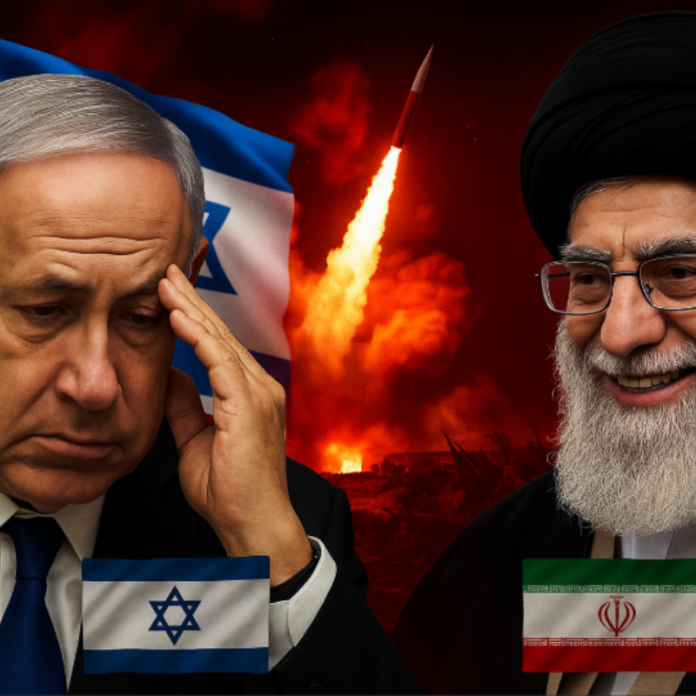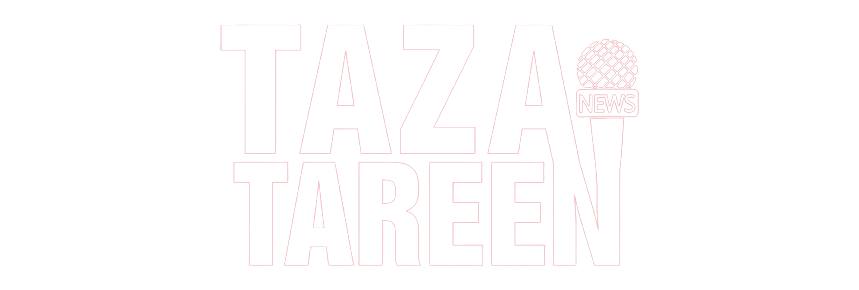Background to the Iran-Israel Conflict
The Iran and Israel tension isn’t new. For decades, both nations have clashed—politically, militarily, and ideologically. Iran has refused to recognize Israel as a legitimate state, while Israel has continuously lobbied against Iran’s nuclear ambitions.
Over the past few years, tensions have grown due to covert operations, cyberattacks, and proxy wars across Syria and Lebanon. But the recent events mark a direct and dangerous escalation.
Iran Launches Fresh Ballistic Missile Strike
Early in the morning, Iran unleashed a fresh wave of ballistic missile attacks targeting Israeli cities. According to Al Jazeera, the assault came as part of a retaliatory campaign following Israeli strikes on Iranian infrastructure.
Haifa Under Fire – Israeli Response
The coastal city of Haifa shook with explosions. Air raid sirens wailed across the region as Israeli citizens rushed to shelters. The Israeli Defense Forces confirmed that their air defense systems were actively intercepting threats and retaliating.
Drone and Missile Barrage Details
Iran reportedly launched hundreds of missiles and dozens of armed drones. Many of these were intercepted, especially over Jordanian airspace, but several managed to hit Israeli military sites and power installations.
Iranian Objectives and Targeted Locations
- Strategic Military Targets
Iran didn’t aim randomly. Haifa Port, Ashkelon’s military zones, and critical power generation facilities like the Orot power plant were among the targets. According to state-run Iranian media, key objectives were successfully hit.
- Attacks on Power Infrastructure
By targeting power plants, Iran attempted to cripple Israel’s basic utilities—a tactic aimed at psychological warfare as much as military damage.
Israeli Counter-Measures
- Air Defense Response
Israel activated its Iron Dome and David’s Sling defense systems. While many incoming threats were neutralized, some missiles managed to penetrate the shield and cause damage.
- Social Media Statements and Alerts
The Israeli army took to X (formerly Twitter), stating, “We are actively intercepting threats and responding where necessary.” Air raid alerts remained active in multiple regions.
Tehran Under Attack
- Residential Zones Hit
Just hours after Iran’s assault, Israel retaliated. Explosions rocked Tehran, especially in the north and central areas including Vali-e-Asr and Haft-e-Tir Square. Reports indicate residential buildings were struck, injuring women and children.
- Civilian Impact and Casualties
Civilians have been the most vulnerable. Tehran’s streets were flooded with sirens, smoke, and panic. Emergency services reported dozens of injuries and fires due to falling missile debris.
Espionage and Internal Threats
- Iran Uncovers Mossad Drone Facility
Iranian intelligence claimed to have dismantled a Mossad-operated drone manufacturing plant in Tehran. They arrested two agents and seized 200kg of explosives and 23 drone kits.
- Arrests and Executions of Alleged Spies
Shortly after Israeli airstrikes, Iran executed an individual accused of spying for Mossad. Authorities said he was involved in internal sabotage missions.
The Collapse of Nuclear Negotiations
- Oman Talks Cancelled
Amid all this, hope for diplomacy took a hit. Talks between the U.S. and Iran, scheduled in Muscat, were abruptly cancelled. Oman’s foreign minister confirmed the cancellation, stressing diplomacy as the only viable path to peace.
- Iran’s Frustration With U.S. Policy
Iran’s foreign ministry accused the U.S. of hypocrisy—negotiating on one hand while allowing Israeli aggression on the other.
Russia’s Stance on the Conflict
- Russian Diplomatic Involvement
Russia’s foreign minister condemned Israeli attacks and spoke with his Iranian counterpart to express solidarity. Moscow reiterated its support for a peaceful solution.
- Moscow’s Position on Israeli Aggression
The Kremlin blamed Israeli military force for escalating the conflict and warned that such actions could destabilize the region permanently.
Regional Fallout and Diplomatic Crisis
- Middle East Stability Threatened
The Middle East stands on the edge of a cliff. With Iran, Israel, and global powers in play, regional peace is at serious risk.
- Calls for Immediate Ceasefire
The Middle East is standing at a dangerous tipping point. With Iran and Israel locked in battle—and global powers watching closely—any hope for peace in the region feels like it’s slipping away fast.
Economic Impact on Global Markets
- Crude Oil Prices Surge
The oil market reacted instantly. Brent crude rose by 2.8% to $76.37/barrel, while U.S. crude climbed to $75.01/barrel.
- Supply Chain and Inflation Concerns
Experts are sounding the alarm—if this conflict in the oil-rich Middle East drags on, it could mess up global supply chains big time. That means higher prices everywhere, from fuel to groceries, and even more pressure on economies that are already hanging by a thread.
Impact on Pakistan and Other Developing Nations
- Fuel Price Hike in Pakistan
Following the global oil surge, Pakistan increased fuel prices. Petrol prices just went up by Rs 4.80 per liter, and diesel jumped even higher—Rs 7.95 per liter.
- Ripple Effects on Food and Transportation
The Role of Media and Propaganda
- Al Jazeera and Iranian State Media Coverage
Al Jazeera and Iranian state channels are flooding the airwaves. On one side, Iran paints a picture of resistance against Israeli attacks. On the other, Israeli media talks about defending their homeland. It’s a war of missiles, but also a war of narratives—each side trying to win the world’s sympathy.
- Online Narratives and War Sentiment
Social platforms are flooded with hashtags like #IsraelIranWar and #TehranUnderAttack, each fueling emotions and shaping public opinion.
Is this the Prelude to a Larger War?
- Speculations on World War III
Analysts fear this could be the spark that ignites a broader global war. With U.S., Russia, and other powers involved, the stakes couldn’t be higher.
- Global Powers’ Balancing Act
Despite aggressive posturing, major powers are working in the background to avoid direct confrontation, aware of the catastrophic consequences.
The Human Cost of War
- Civilian Trauma and Displacement
Beyond politics and power, it’s the civilians who suffer most—families destroyed, homes lost, futures uncertain.
- Humanitarian Aid and Global Support
Aid agencies are mobilizing, but the needs are far greater than current support systems can handle.
Conclusion
What’s happening between Iran and Israel right now goes way beyond a border dispute—it’s a ticking time bomb. This isn’t just their fight anymore; it’s something that could spiral out and shake the whole world. The nuclear talks? Completely gone. Yet, diplomacy remains the only ray of hope in this storm. World leaders must act fast, because every missile fired doesn’t just hit buildings—it shatters lives.
FAQs
1. What started the latest Iran-Israel conflict?
The conflict escalated after Israeli airstrikes on Iranian military and nuclear infrastructure, prompting a massive Iranian missile response.
2. What areas in Israel were hit by Iranian missiles?
Haifa, Ashkelon, and the Orot power plant were among the key targets. Civilian alarms were triggered across the country.
3. How has the global oil market responded?
Crude oil prices have surged due to fears of disrupted supply chains from the Middle East.
4. Is there any chance of diplomatic resolution?
Although nuclear talks have collapsed, countries like Russia and Oman are urging diplomatic paths. The window is narrow but still open.
5. How is Pakistan being affected by this war?
Pakistan has already increased fuel prices due to global oil hikes. This will likely lead to higher transportation and food costs.


